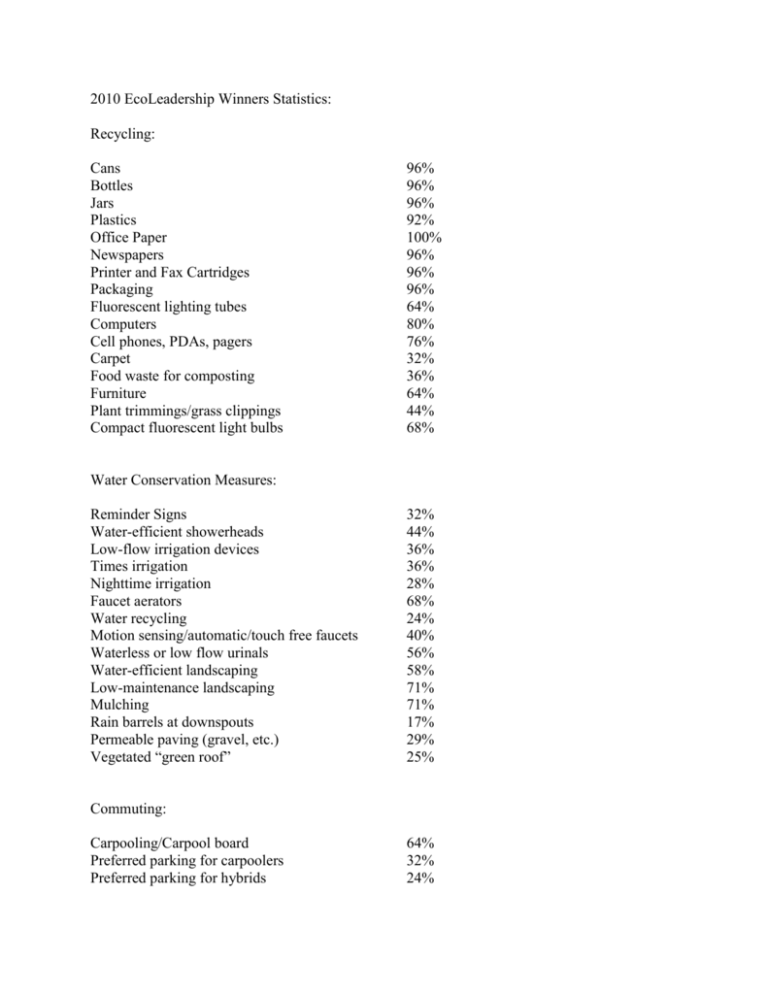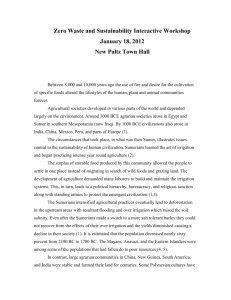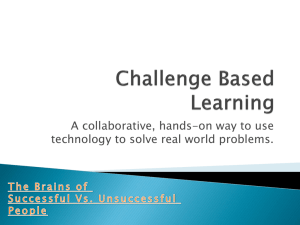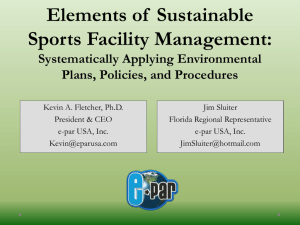2010 EcoLeadership Winner`s Snapshot (.doc)
advertisement

2010 EcoLeadership Winners Statistics: Recycling: Cans Bottles Jars Plastics Office Paper Newspapers Printer and Fax Cartridges Packaging Fluorescent lighting tubes Computers Cell phones, PDAs, pagers Carpet Food waste for composting Furniture Plant trimmings/grass clippings Compact fluorescent light bulbs 96% 96% 96% 92% 100% 96% 96% 96% 64% 80% 76% 32% 36% 64% 44% 68% Water Conservation Measures: Reminder Signs Water-efficient showerheads Low-flow irrigation devices Times irrigation Nighttime irrigation Faucet aerators Water recycling Motion sensing/automatic/touch free faucets Waterless or low flow urinals Water-efficient landscaping Low-maintenance landscaping Mulching Rain barrels at downspouts Permeable paving (gravel, etc.) Vegetated “green roof” 32% 44% 36% 36% 28% 68% 24% 40% 56% 58% 71% 71% 17% 29% 25% Commuting: Carpooling/Carpool board Preferred parking for carpoolers Preferred parking for hybrids 64% 32% 24% Promoting biking Providing bicycle racks Promoting mass transit Mass transportation subsidy Telework Flextime Compressed work schedules Car sharing service Transportation incentives Electric, hybrid or fuel cell company cars Active member of Commuter Connections Charging for parking by your organization Hotelling Job sharing 72% 76% 64% 56% 68% 64% 36% 12% 16% 24% 12% 20% 28% 24% Business Travel: Encourage taking the train, bus or subway when feasible instead of a rental car when traveling on business 86% Encourage electric, hybrid, or fuel-cell vehicles, if a rental car is necessary 23% Invest in video-conferencing and other technological solutions that can reduce the amount of employee travel 83% Discourage flying 50% Have employees fly economy or turboprop, if they must fly? 90% Promote environmentally responsible business travel 38% Purchase offsets from reputable sources for all travel 24% Have employees track their mileage on their expense reports to aid determining footprint 44% Have a policy encouraging staff to telework on Code Red and Code Orange days 0% Measurement: Report progress relates to environmental sustainability 60% ISA 1400 certified 0% A CERES member and/or endorser of the CERES principles 8% A member of the Metropolitan Washington Clean Air Partners program 21% A formal EPS industry partner or participant 58% Conduct environmental audits to track internal environmental performance of: Energy use 80% Carbon footprint 64% Water use 61% Waste generation and reduction 72% Hazardous materials, pollutants, toxins, etc. 55% Screen subcontractors for their green performance based on criteria either you have established or a formal third party system 46% Require reporting of above environmental criteria of your supply chain or give preference to those that report to you 32% Have an environmental handbook 24% Business Operations: Maximize use of natural light to illuminate 96% Provide access to fresh or green space for all 96% Encourage the use of stairs instead of elevators 70% Have an on-site fitness center or a subsidized sports and physical fitness programs 82% For organizations that own their building, in “greening” their workplaces, the organization knows: Where and how the building materials are harvested 50% How the building materials are manufactured or produces 56% The amount of impermeable paving and reduction of runoff 67% Use of plants to moderate temperatures 71% Reduction of fertilizer and pesticides 88% Indoor plants to improve air quality 65% When an organization chooses their office space they consider: Access to quality public transit Proximity to bike racks In mixed use areas with affordable housing nearby Use of plants to moderate temperatures LEED or other green certification Urban built up areas rather than greenfield sites 86% 73% 93% 71% 69% 77% Employee Engagement: Organizations that have environmental sustainability as part of their written values, mission, or business philosophy? 80% Integrate EcoLeadership into corporate governance 58% Evaluate/screen your communications and marketing for “green washing” 67% Have a "green policy" (e.g., stating its intent to purchase nonpolluting and energy efficient products wherever possible) 68% Report on your eco-objectives and results to stakeholders and the public? 87% Have an employee or consultant with formal responsibility for eco-engagement or sustainability communications 76% Connect green practices/ achievements with employee performance metrics 29% Employees are engaged by: Green committee/internal sustainability group Employee eco-volunteerism program 88% 48% Eco-idea sharing program Green focus groups Employee eco-surveys Eco-education workshops Individual eco-certification programs Team certification programs Green recognition programs Conservation contests 64% 36% 8% 48% 12% 4% 32% 17% Companies communicate their green values and practices via: Intranet 68% Video 16% Email newsletters 56% Organizational meetings 76% Outreach materials to stakeholders 44% Employee handbook 28% New employee orientation 60% Companies reach out to their business partners and consumers by: Sponsor or host green industry events Eco-friendly product marketing or communications Green measured co-marketing (with partners) Organize/participate in green collaborative and partners Require vendors to have green practices Require business partners to have green practices Integrate eco-reqs into contracts with partners and clients Eco-Extranet supporting vendors, partners, clients 60% 56% 48% 68% 58% 40% 52% 8% Community Engagement: Ways in which organizations work to engage the community: Nonprofit partnerships with enviro/conservation groups Green Corporate Social Responsibility programs Eco-corporate grantmaking/philanthropic contributions Organize/sponsor eco-community events Educate partner with schools Public policy work with government 52% 28% 20% 60% 52% 36%











